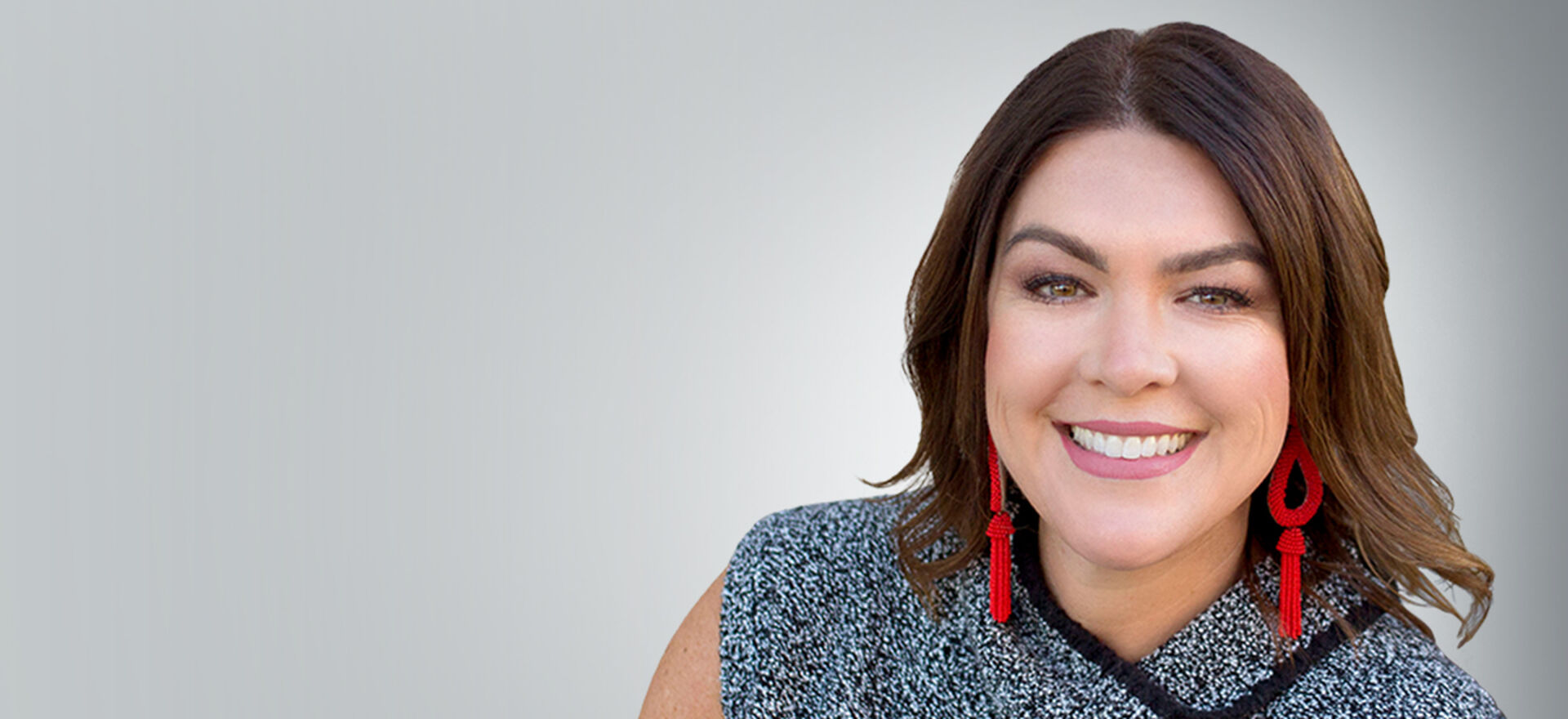IN THE FUTURE WORKPLACE, ALL ARE WELCOME
Over the past year, the conversation around the future of work has been centered mainly around the location, design, and purpose of our physical workspace. However, it’s clear that the future of work will also be defined by another factor: inclusivity.
3 Minute Read
Audra Parker, Chief People Officer at Vari
Over the past year, the conversation around the future of work has been centered mainly around the location, design, and purpose of our physical workspace. With the rise of remote work and the challenges of designing our offices for safety in a post-COVID world, it’s easy to see why. However, it’s clear that the future of work will also be defined by another factor: inclusivity.
Why It’s Important
According to Audra Parker, Chief People Officer at Vari, inclusivity is vital in maintaining a healthy connection with customers. “If you have one mindset, one way of doing things, if everyone sees the world through a similar lens, we don't represent our customers and we don't represent the population, but we miss out on so many opportunities to be better because we're used to doing it one way,” said Parker.
Building an inclusive workplace is both the right approach morally, and the smart approach from a business perspective. The pandemic has had an outsized impact on some portions of the workforce, and it will be vital that those hit hardest are able to recover and continue to find opportunities. For example, about 275,000 women left the American workforce in January 2021 alone, and a disproportionate number of them were women of color. Such trends are devastating to the economy, and businesses will have to work to address them in the near future.
What It Will Mean
From an operational perspective, remote teams will need to feel included and connected to their teams and coworkers on a daily basis. So technology will continue to play a crucial role, but in the long-term it may be blended with the in-person interaction that a hybrid workplace model allows for. “I think that there's nothing that replaces that interaction that you can have face-to-face. I think that the technology that we've put in place allows for that and multiple methods [of communication] are important,” said Parker.
Culturally, companies will need to be diverse and welcoming places where employees of every race, gender identity, and community can succeed and thrive. That means leaders will need to go beyond just the celebration of diversity, and really dig into the hard work of unconscious bias education, equitable hiring and retention strategies, partnering with minority-owned vendors, and other initiatives. Speaking about the Diversity Council at Vari, Parker says, “They really should help drive change. And a lot of that needs to be data-driven and fact-driven… we want this committee to be seen as a team that makes an imprint on all of our employees and the future of the organization, and celebration is one piece of that.”
Facing the Future With Optimism
Today's workforce is young, resilient and more than capable of adapting to the changes COVID brought to the business landscape. In fact, they value flexibility as much as inclusivity, and as Parker points out, “They want to be a part of an organization that learns, grows, and gives back. And it's giving back in all different ways. It's connecting with underserved communities, it's connecting with employees from various backgrounds. And so I think we need to do all of those things and that's really, what's going to make us better.”
